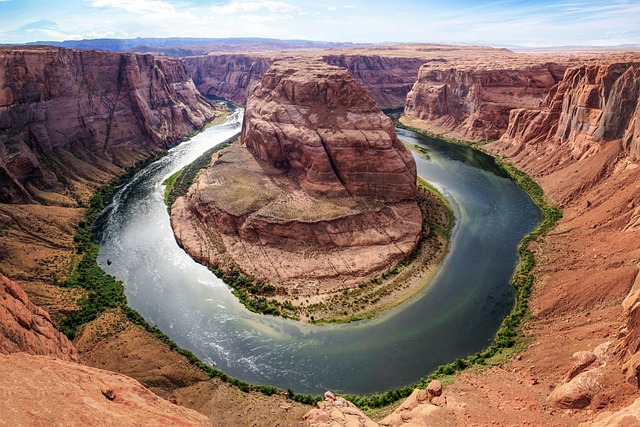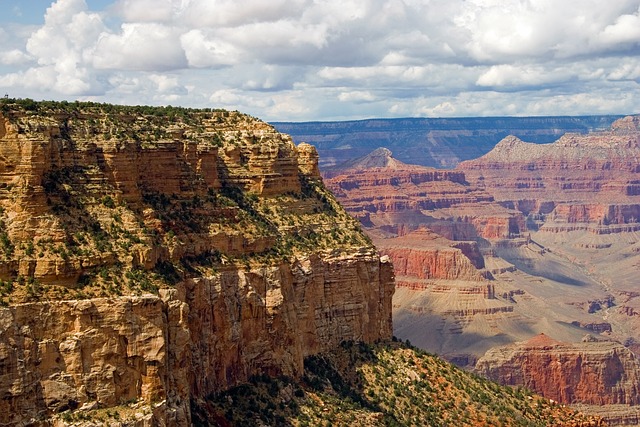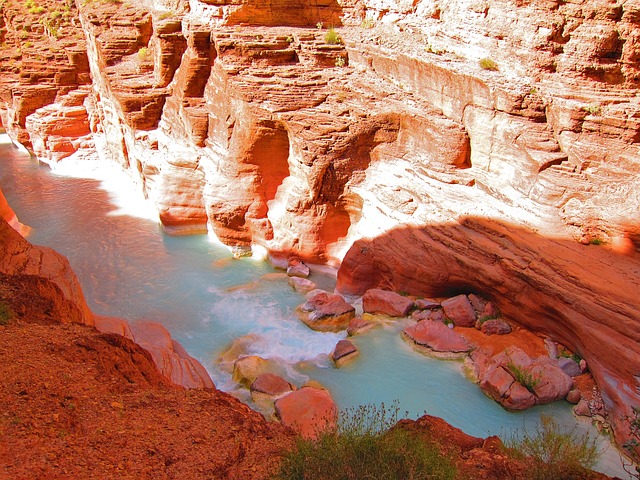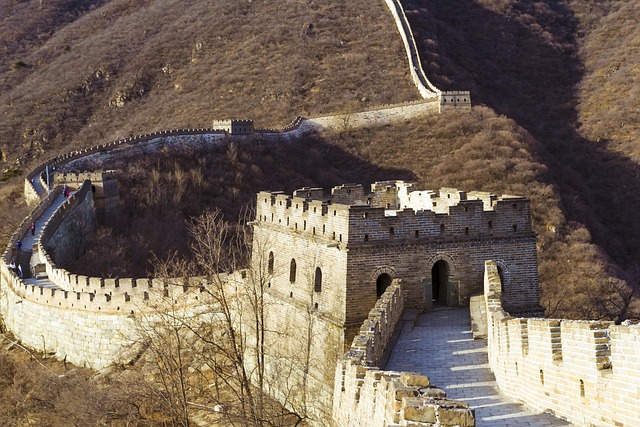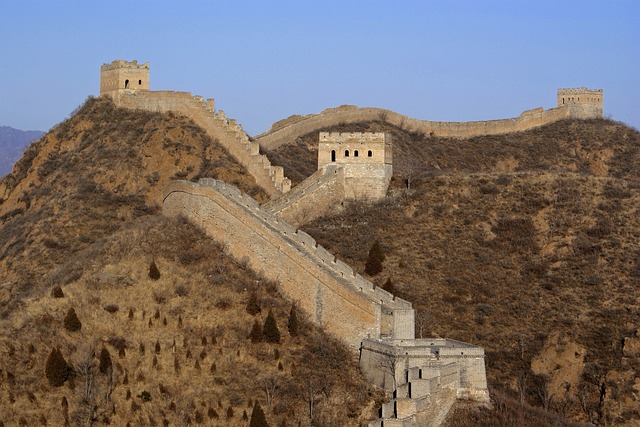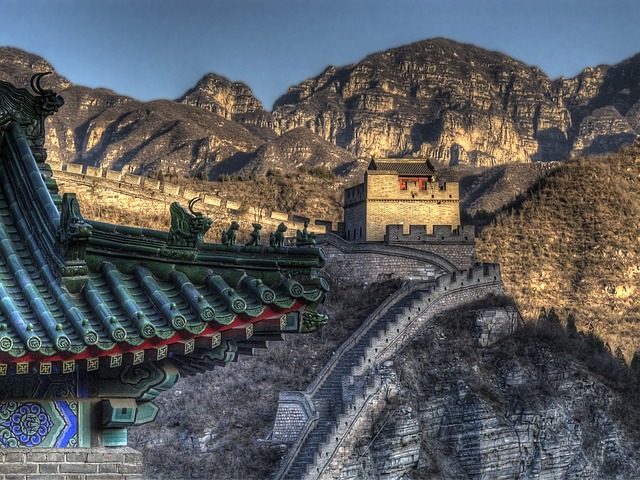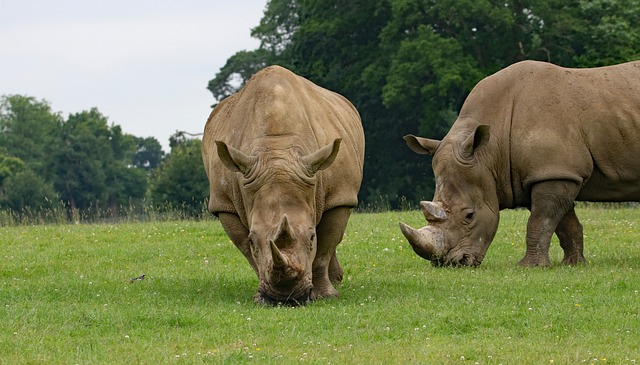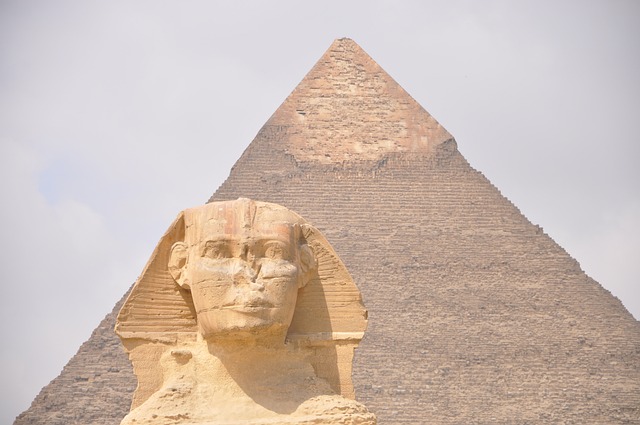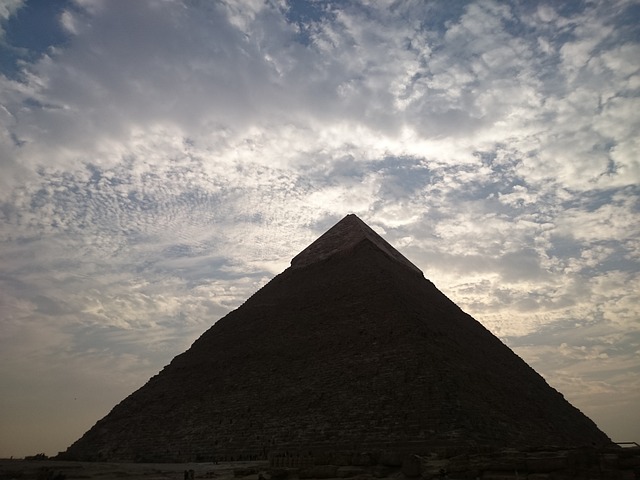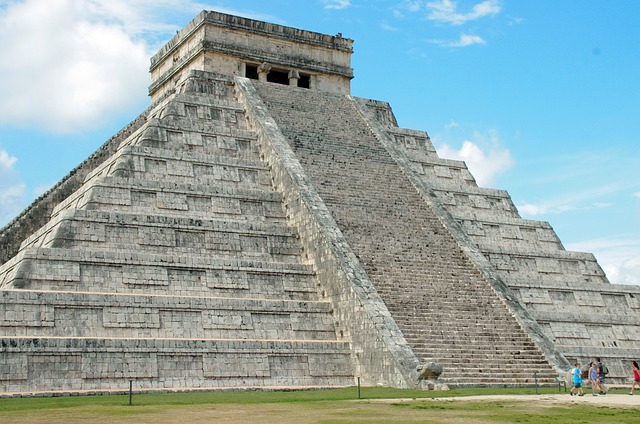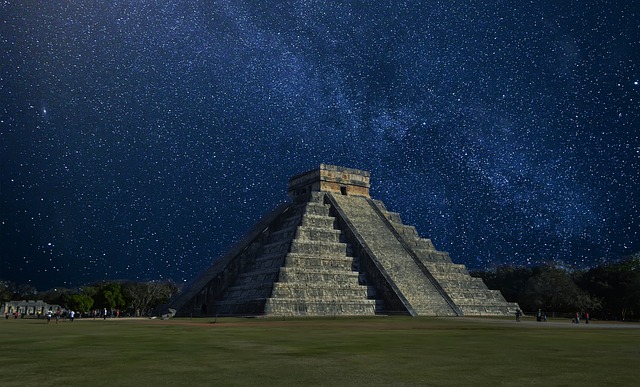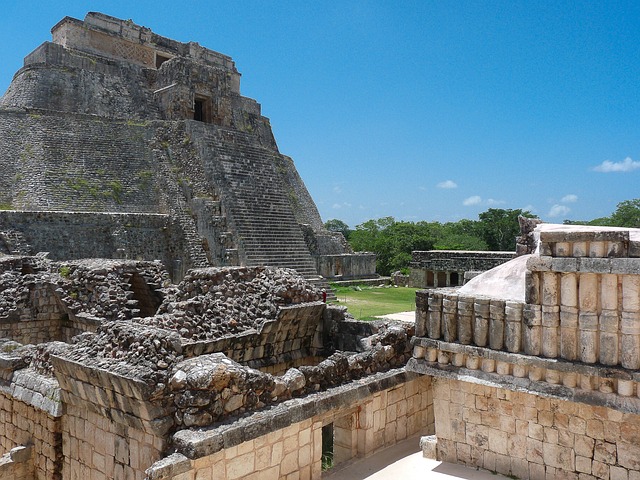Welcome to the iconic Leaning Tower of Pisa, one of the most recognizable structures in the world. This architectural wonder has captured the hearts and minds of people for centuries with its unique and intriguing lean. Its fame extends far beyond its home in Pisa, Italy, and has become a symbol of Italian culture and identity. In this article, we will unravel the secrets of the Leaning Tower of Pisa, providing a comprehensive understanding of its history and current state.
From its beginnings as a religious structure to its current status as a top tourist destination, we will delve into the tower’s cultural significance, architecture, and dispel any myths or misconceptions. Join us as we take a closer look at this famous landmark and discover the fascinating story behind its leaning tilt.

The History of the Leaning Tower of Pisa
The Leaning Tower of Pisa is an iconic and world-renowned monument, situated in the city of Pisa, Italy. It is a bell tower, or campanile, that stands tall at 56 meters with eight floors and a spiral staircase of 294 steps. The tower’s fame is not only due to its unique architectural design but also its leaning angle which has captured the curiosity and imagination of people for centuries.
The tower’s construction began in 1173 and was originally intended to serve as a bell tower for the adjacent Pisa Cathedral. However, during the construction of the third floor, the tower began to tilt, leading to a halt in the construction. This was due to the soft soil and inadequate foundation, which could not support the weight of the tower. Over the years, the tower’s tilt continued to increase, and by the time it was completed in 1372, it was already leaning at an angle of 4 degrees.
Several attempts were made to fix the tower’s leaning, including adding taller floors on one side and digging the ground beneath the tower to even out the weight distribution. However, these interventions only made the tower lean further. During World War II, the tower was closed to the public as it was feared that bombing could cause it to collapse. However, the tower miraculously survived, and it is said that the soldiers stationed in Pisa used it as a lookout post.
The tower has also faced natural disasters, including earthquakes and floods, which have further aggravated its lean. However, in the 20th century, extensive restoration efforts were made to stabilize and preserve the tower. This included removing soil from the raised side, strengthening the foundation, and attaching cables to the tower to prevent it from toppling over.
The architecture of the Leaning Tower of Pisa is a unique blend of Romanesque and Gothic styles, with its exterior adorned with beautiful arches, columns, and intricate detailing. The tower’s construction was heavily influenced by the architecture of other structures in Pisa, such as the Pisa Cathedral and the Pisa Baptistery. The use of different materials and techniques, such as marble and brick, also adds to the tower’s architectural significance.
Apart from its architectural marvel, the Leaning Tower of Pisa holds great cultural significance in the history of Pisa. It was a symbol of the city’s wealth and power during the 12th and 13th centuries when Pisa was a major maritime and commercial center. Today, it continues to attract millions of tourists annually and is a significant source of revenue for the city.
In popular culture, the Leaning Tower of Pisa has been featured in numerous films, books, and artworks, cementing its place as a global icon. It has also been recognized as a UNESCO World Heritage Site since 1987, along with the other buildings in the Piazza del Duomo.
Despite its tumultuous history, the Leaning Tower of Pisa stands tall and proud today, thanks to the ongoing preservation efforts. It continues to be a symbol of resilience and a testament to human ingenuity and determination. The tower’s legacy will continue to live on as it remains a source of fascination and wonder for generations to come.
The Architecture of the Leaning Tower of Pisa
The Leaning Tower of Pisa is not just famous for its iconic tilt, it is also renowned for its remarkable architecture. This tower, located in the Italian city of Pisa, is a testament to the creativity and ingenuity of its architects and engineers. Its unique design and construction techniques have fascinated people for centuries and continue to do so today. In this section, we will delve deeper into the architecture of this magnificent tower, exploring its features, construction methods, and influences.
Firstly, let’s take a closer look at the tower’s design. The tower stands at 56 meters tall and has a base circumference of 16.5 meters. Its construction is divided into eight levels, each with a different architectural style. The first level, also known as the base, is made up of a series of blind arches with classical columns, giving it a Romanesque style. As we move up the levels, we can see the influence of Gothic architecture, with pointed arches and columns, followed by Renaissance elements, such as ornate decorations and sculptures.
One of the most intriguing features of the Leaning Tower of Pisa is its curved shape. This was not intentional, but rather a result of the tower’s faulty foundation. However, this unique design has become its defining characteristic and a source of fascination for visitors. The tower’s construction was also a challenge due to its location on soft, marshy ground. To support the weight of the tower, the foundation was built with a mixture of sand, clay, and shells, creating a stable base.
Now, let’s explore the construction techniques used to build this tower. The tower was constructed with white marble blocks, sourced from the nearby mountains of San Giuliano. These blocks were carefully placed in a spiral pattern, with a slight inclination towards the center of the tower. This technique was used to counterbalance the weight of the tower and prevent it from toppling over. The use of different architectural styles in each level also provided additional support.
As with any architectural masterpiece, the Leaning Tower of Pisa has also been influenced by other styles and structures. It is believed that the architects were inspired by the Roman Colosseum, evident in the use of arches and columns. Additionally, the Gothic elements were influenced by the nearby Cathedral of Pisa, which was under construction at the same time as the tower.
In conclusion, the Leaning Tower of Pisa’s architecture is a stunning blend of various styles and techniques. From its curved shape to its unique construction methods, this tower continues to captivate people from all over the world. Its architectural significance has also contributed to its recognition as a UNESCO World Heritage Site. So next time you visit this iconic tower, take a moment to appreciate its remarkable design and the minds behind it.

The Cultural Significance of the Leaning Tower of Pisa
The Leaning Tower of Pisa is not just a marvel of architecture and engineering, but it also holds great cultural significance. Situated in the beautiful Italian city of Pisa, the tower has played a significant role in shaping the city’s history and has become a symbol of its identity.
Pisa’s history is closely intertwined with the Leaning Tower. The construction of the tower began in the 12th century, and it was meant to be a bell tower for the nearby cathedral. However, due to its unexpected tilt, the tower became an instant attraction, drawing people from far and wide to see this unique architectural marvel. The tower’s fame and popularity have only grown over the years, making it one of the most visited tourist attractions in Italy.
The Leaning Tower of Pisa has also had a major impact on the city’s tourism. In fact, it is estimated that the tower alone attracts over one million visitors every year, contributing significantly to the city’s economy. The tower has become a symbol of Pisa, and many tourists visit the city solely to see this iconic landmark. It has also become a popular spot for taking photographs and has been featured in numerous postcards and travel magazines, further solidifying its cultural significance.
Apart from its role in Pisa’s history and tourism, the Leaning Tower has also been depicted in popular culture. It has appeared in many movies, TV shows, and music videos, making it a recognizable landmark worldwide. The tower has also been referenced in literature and art, showcasing its impact on different forms of creative expression.
In recognition of its cultural and historical significance, the Leaning Tower of Pisa was declared a UNESCO World Heritage Site in 1987. This prestigious title is given to locations that hold outstanding universal value and are deemed worthy of preservation for future generations. The tower’s recognition as a World Heritage Site has only added to its allure and has made it a must-visit destination for travelers from all over the world.
Despite its leaning and the constant threat of collapse, the Leaning Tower of Pisa has stood the test of time and remains a symbol of resilience. Over the years, it has survived natural disasters and wars, and has been restored several times to ensure its preservation. Today, the tower stands as a testament to human ingenuity and determination.
The Leaning Tower of Pisa continues to hold immense cultural significance, not just for Pisa but also for the world. It is a reminder of the beauty and complexity of human achievement and serves as an inspiration for future generations. With its enduring legacy and timeless appeal, the tower will continue to be a cultural icon for many years to come.
The Leaning Tower of Pisa Today
The Leaning Tower of Pisa has stood the test of time, surviving natural disasters, wars, and restoration efforts. Today, it stands tall and proud, attracting millions of tourists each year with its unique and iconic lean. In this section, we will take a closer look at the current state of the Leaning Tower of Pisa, its preservation efforts, and the various activities and events held at the tower.
Overview of the Current State:
The Leaning Tower of Pisa is currently standing at a height of 56.67 meters, with a lean of approximately 3.9 degrees. The tower’s lean has stabilized over the years, thanks to extensive restoration and preservation efforts. In 2008, the tower was officially declared safe for visitors, and since then, it has been open to the public for tours and climbing.
Preservation and Stabilization Efforts:
The Leaning Tower of Pisa has undergone several preservation and stabilization efforts since its construction in the 12th century. The most recent restoration project, which lasted from 1990 to 2001, involved reducing the lean by 44 centimeters. This restoration effort was successful in stabilizing the tower’s lean, and it is now considered safe for visitors to climb.
Aside from restoration efforts, the tower also undergoes regular monitoring and maintenance to ensure its safety and preservation. This includes measures such as the installation of underground counterweights and the use of steel cables to reinforce the tower’s structure. These efforts have been crucial in preserving the tower’s lean and ensuring its longevity.
Activities and Events at the Tower:
The Leaning Tower of Pisa is not just a popular tourist destination; it is also a hub for various activities and events. The tower’s square, known as Piazza dei Miracoli, is a lively and vibrant place, with street performers, musicians, and artists entertaining visitors. The tower’s stunning architecture also makes it a popular spot for weddings and photoshoots.
Furthermore, the tower also hosts annual events such as the Luminara Festival, where the tower and surrounding buildings are lit up with thousands of candles, creating a breathtaking sight. The Pisa Marathon, an annual race that starts and ends at the tower, is also a popular event among locals and visitors alike.
In addition to these events, visitors can also climb the tower’s 294 steps to reach the top and enjoy stunning views of Pisa and its surroundings. The tower’s interior also houses a small museum, where visitors can learn more about its history and architecture.
In conclusion, the Leaning Tower of Pisa is not just a leaning tower; it is a symbol of resilience, cultural significance, and a major tourist attraction. With its current state being stable and safe, visitors can continue to marvel at this architectural wonder for years to come.
Myths and Misconceptions Surrounding the Leaning Tower of Pisa
The Leaning Tower of Pisa is undoubtedly one of the most famous and recognizable structures in the world. Along with its unique leaning position, the tower has also accumulated numerous myths and misconceptions over the years, shaping its reputation and adding to its cultural significance. In this section, we will unravel some of these myths and provide a factual understanding of the tower.
Myth #1: The Tower was built intentionally with a lean.
One common myth about the Leaning Tower of Pisa is that it was built with a tilt on purpose. This belief stemmed from the fact that the tower’s construction began in 1173 and took over 199 years to complete. However, historical evidence and research reveal that the lean was actually an unintentional result of the soft and unstable ground on which the tower was built.
Myth #2: The tower was built as a bell tower.
Another popular myth about the tower is that it was constructed to serve as a bell tower for the nearby Pisa Cathedral. While this is partially true, the tower was intended to serve as a campanile, a free-standing tower used for ringing bells. However, due to its tilting position, the bells were not installed until 2001.
Myth #3: The tower will eventually topple over.
Since its construction, there have been concerns and speculations about the Leaning Tower of Pisa eventually toppling over. However, experts have reassured that the tower’s lean has stabilized, and it is not in any immediate danger of falling. In fact, various restoration efforts have been carried out over the years to ensure the tower’s stability.
Myth #4: The tower leans because of the soil.
The most common misconception about the tower’s lean is that it is caused by the soft and unstable ground on which it was built. While this is partially true, studies have shown that the tower’s unique design and weight distribution played a significant role in its lean. Additionally, the ground has also played a role in helping the tower remain standing despite multiple natural disasters and wars.
Myth #5: The tower is leaning because of a curse.
One of the most intriguing myths surrounding the Leaning Tower of Pisa is the curse that is said to plague anyone who tries to move it. The curse is believed to have been placed by a group of architects who were unhappy with the tower’s design. However, there is no evidence to support this myth, and the tower has undergone numerous restoration efforts without any negative consequences.
In conclusion, the Leaning Tower of Pisa continues to fascinate and intrigue people from all over the world, and its myths and misconceptions have only added to its allure. However, as we have discovered, many of these myths have been debunked, and the tower’s tilt is a result of various factors rather than curses or intentional design. With ongoing preservation efforts, this iconic structure will continue to stand tall and attract visitors for years to come.
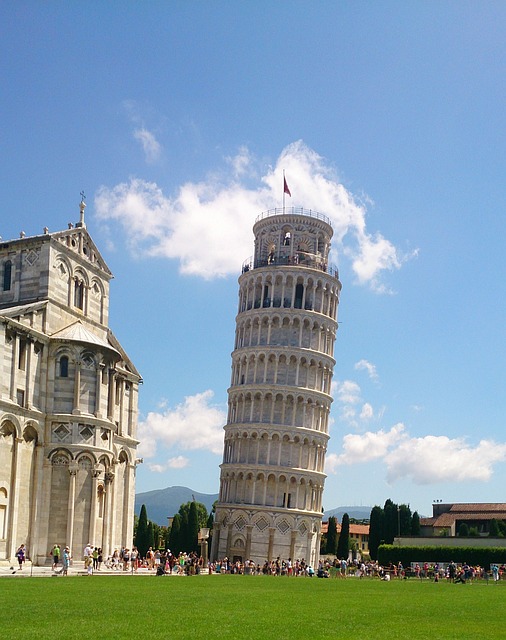
The Future of the Leaning Tower of Pisa
The Leaning Tower of Pisa has been a symbol of resilience and endurance for over 800 years. Despite its famous tilt, the tower has managed to withstand natural disasters and wars, and has become a must-see attraction for tourists all over the world. However, the tower’s future is not without its challenges. In this section, we will discuss the ongoing efforts to preserve and maintain the tower, future plans for the tower, and its potential for continued cultural significance.
Preservation and Maintenance Efforts:
The Leaning Tower of Pisa has gone through several stabilization and restoration efforts since its construction in the 12th century. In the 1990s, the tower was closed to the public due to safety concerns and underwent a major restoration project to address its leaning. The project involved removing soil from the base of the tower and installing anchors to prevent further leaning. This successful intervention not only prevented the tower from collapsing but also reduced its tilt by 45 centimeters.
Today, the tower is continuously monitored for any signs of movement, and preservation efforts are ongoing. The surrounding soil is being gradually removed to further stabilize the tower, and new technologies are being used to monitor its condition. The tower’s famous tilt is also being adjusted by small amounts to prevent any sudden changes that could compromise its stability.
Future Plans:
The preservation and maintenance efforts for the Leaning Tower of Pisa are not a one-time project. Constant monitoring and interventions are necessary to ensure the tower’s longevity. As such, future plans for the tower include the installation of a new underground drainage system to prevent water damage and the replacement of the aging structural elements. These plans aim to not only preserve the tower but also enhance its stability for years to come.
Cultural Significance:
The Leaning Tower of Pisa is not just a tourist attraction; it is a symbol of Italy, its culture, and its history. The tower’s fame has brought millions of visitors to Pisa, contributing to the city’s economy and tourism industry. As such, any future plans for the tower must take into consideration its cultural significance and ensure that it remains accessible to the public.
Cultural significance also extends to the tower’s portrayal in media and popular culture. From being featured in movies and TV shows to being a popular subject for photographs and social media posts, the Leaning Tower of Pisa has become a global icon. Any future renovations or interventions must take into account the tower’s iconic appearance and ensure that it remains recognizable to the world.
In conclusion, the Leaning Tower of Pisa’s future is bright, with ongoing efforts to preserve and maintain its stability, plans for future renovations, and its potential for continued cultural significance. This iconic tower has become a symbol of resilience and is sure to stand tall for generations to come. As visitors continue to flock to Pisa to witness this marvel, the Leaning Tower will remain a testament to human ingenuity and perseverance.

